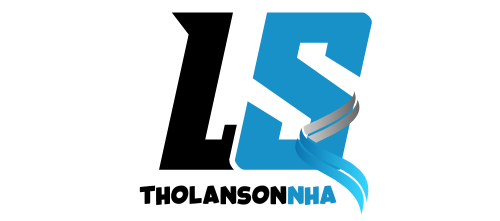Different Types of ADR programs
There are two primary categories of American depositary receipts:
Sponsored ADRs
In sponsored ADRs, a bank acts on behalf of the foreign company to issue the ADR and handles transactions with investors, while the foreign company retains control over the ADR and usually pays the costs of issuance.
You are watching: What Is An Adr In Finance
Unsponsored ADRs
Unsponsored ADRs are issued by a bank without the direct involvement or permission of the foreign company. Multiple unsponsored ADRs for the same foreign company may be issued by different U.S. banks, and these offerings may have varying dividends.
ADR Levels
See more : Is Low Credit Finance Legit
ADRs are categorised into three levels, based on the level of compliance with SEC regulations each offering a different level of flexibility and liquidity to investors. These levels are:
Level 1 ADRs:
● These are the simplest and least expensive types of ADR programs. ● They allow foreign companies to list their shares on US stock exchanges without having to comply with the Securities and Exchange Commission (SEC) registration requirements. ● Level 1 ADRs are traded on US stock exchanges like regular stocks and are denominated in US dollars. ● However, they are not backed by the underlying foreign shares, and investors do not have voting rights or the ability to convert the ADRs back into foreign shares.
Level 2 ADRs:
See more : Does The Amazon Card Still Have 12 Month Financing
● These ADRs require the foreign company to comply with the SEC’s registration requirements, making them more expensive and time-consuming to establish than Level 1 ADRs. ● Level 2 ADRs are traded on US exchanges and are backed by the underlying foreign shares. ● They offer investors voting rights and the ability to convert the ADRs back into foreign shares. ● Level 2 ADRs can be used to raise capital through secondary offerings, allowing the foreign company to issue new ADRs to US investors.
Level 3 ADRs:
● These are the most expensive and complex types of ADR programs. ● Level 3 ADRs allow foreign companies to issue new shares and raise capital directly from US investors, without having to comply with the SEC registration requirements. ● Level 3 ADRs can only be issued by companies that have been publicly traded for at least one year and meet certain financial and governance requirements. ● Level 3 ADRs provide the most flexibility and liquidity to investors, as they can be traded freely on US exchanges and can be converted back into foreign shares at any time.
Source: https://tholansonnha.com
Category: Finance


